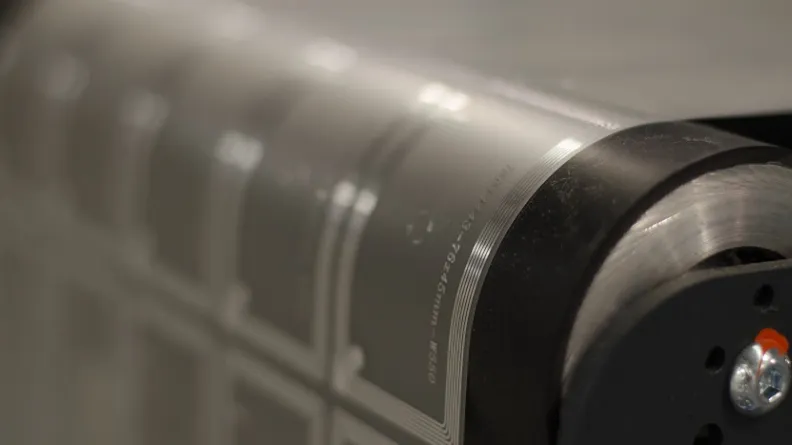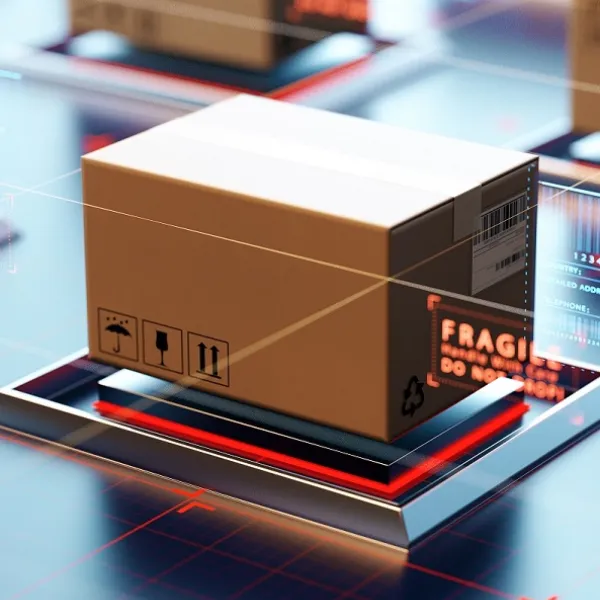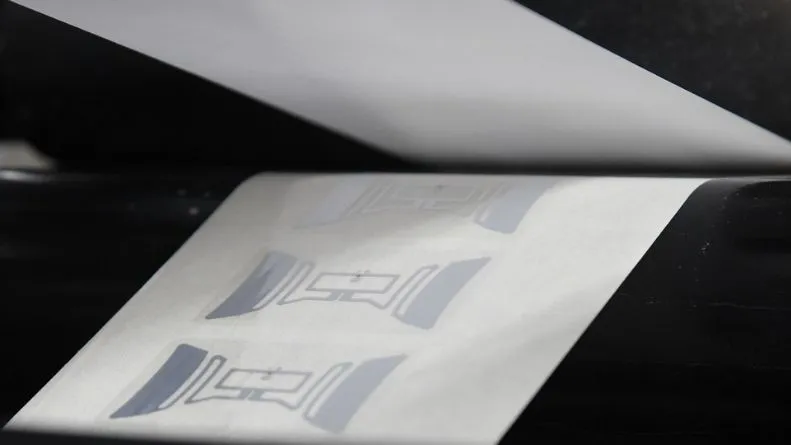RFID Technology

The many applications of RFID
RFID technology is a well-known wireless application for traceability, logistics, and access control.
RFID is nowadays a standardized technology which provides practical benefits that drive new developments in terms of concepts and applications. This trend is largely confirmed by the market forecast, but also by its implementation in the area of health (smart hospital), assistance to persons, asset tracking and anti-counterfeiting...
What is RFID?
RFID is a technology that is used to automatically identify objects or people. It is based on the use of radio waves to read the data in an RFID transponder, commonly known as a label or tag. These tags are composed of tiny transmitters/receivers with all the functionality integrated on one IC or chip. Tags communicate to so called interrogators commonly referred to as readers. Passive RFID tags, by far the majority of tags being used, also receive the energy required to communicate with the reader from the reader.
Passive RFID labels and tags are made of a microchip and a radio antenna. They do not have their own source of energy. The chip stores all information to uniquely identify the object or person it is attached to, and the tag antenna harvests radio frequency energy to power the chip and transmit the identification data.
It is important to note that RFID is very much part of the IoT, but it differs from communication technology like Bluetooth, LoRa, WiFi and others in the sense that RFID is an autoID technology with the focus on identification and not on communication.
Each microchip contains a unique and unfalsifiable code – called the tag identifier - registered by the manufacturer during the production of the microchip. The majority of microchips have a rewritable blank memory generally called user memory.
This part of the microchip allows the user/manufacturer to store data and also to transmit that data to other equipment. Depending on the access rights of the user, some microchips authorise access to this memory zone.
Active and Passive RFID tags offer different benefits and have distinct roles for the purposes of tracking items. Active RFID tags are powered by battery and proactively broadcast their own signal. They have a much longer read range than passive tags.
RFID labels and tags are, on the whole, passive, meaning they don’t require an additional energy source to the one sent by the reader, and captured by the radio antenna. Readers are capable of emitting radio frequencies continuously, thereby activating every marker in range. The chip/antenna assembly, commonly called an inlay, is encapsulated in a label, tag or card to protect it.
Near Field Communication (NFC) is a contactless communication technology operating over a radio using a low frequency with a typical range of less than 4cm.
The user experience for NFC is centered on a tap, mainly with a smartphone. It is widely used for mobile payment, access control or mobile ticketing applications.
RAIN and NFC (formerly UHF and HF)
Historically, RFID tags are differentiated by the frequency that is used for communication with the reader. Passive tags use low frequency (LF), high frequency (HF) or ultra high frequency (UHF) radio waves. Only HF and UHF tags are commonly available as thin, flexible labels.
RFID tags have been on the market for many years and in that time standards have emerged that enable tags from many manufacturers to be used in combination with any reader.
The two major standards are NFC (Near Field Communication) for HF and RAIN ( RAdio frequency IdentificatioN) for UHF. Both are promoted by their own Alliance and follow industry standards.
Both technologies have their advantages and disadvantages. More details below
Click below to find out more about these different RFID technologies

RFID - RAIN

Near Field Communication
Paragon ID: Europe's leading RFID tag manufacturer
Paragon ID masters the complete RFID tag and label manufacturing chain: inlay production, complexing, printing and encoding of the tag.
Since 2015, the company has invested in inlay production lines and has become the first european RFID tags manufacturer to master the complete chain.

